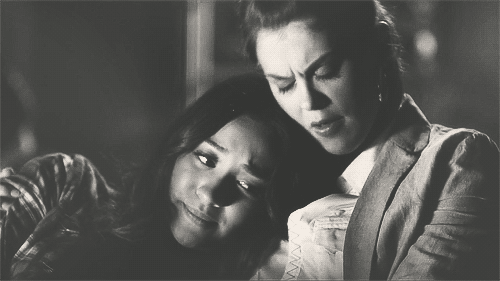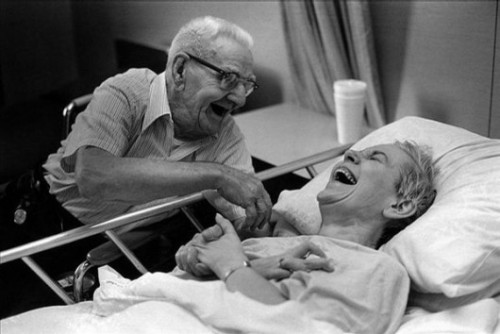fuckyeahpervyfangirls: United Snatch of Tara Buck
bobbyfinger: katieheaney: Hey Anne Hathaway! I think I love...
Hey Anne Hathaway! I think I love you now.
Matt Lauer asked Anne about that photo of her vagina and she ended her response with: “I’m sorry that we live in a culture that commodifies sexuality among unwilling participants, which brings me back to Les Mis.”
Well played. Flawless segue.
luzfosca: Thurston Hopkins Tango in the East End, London, 1954
Vandals Strike Hawaii PFLAG Christmas Display
Vandals Strike Hawaii PFLAG Christmas Display
adorablelesbiancouples: This is my girlfriend and I. We met on...
t4bl3sp00ns: I need to start realising the difference between my gaydar and my ‘oh dear lord I hope...
I need to start realising the difference between my gaydar and my ‘oh dear lord I hope she’s gay’ dar
Photo

aposse: Can anyone else feel the gay or is it just me..
Her short hair is adorable.

Her short hair is adorable.
Photo


Photo

Photo

Photo

Photo

This is why you marry your best friend.

This is why you marry your best friend.
So, there’s like 10 of us—that means one of us is probably a...






So, there’s like 10 of us—that means one of us is probably a lesbian.
1912's Perfect Woman Was From Brooklyn, Weighed 171 Lbs, Had Pear-Shaped Body

The beauty ideal is socially constructed and changes over time.
In 1912, Miss Elsie Scheel of Brooklyn, New York, was deemed the “most nearly perfect specimen of womanhood” among Cornell’s four hundred coeds. Scheel was twenty-four years old, stood five feet seven inches tall, weighed in at a healthy 171 pounds (her favorite food was beefsteak), and possessed a decidedly pear-shaped figure (it measured 35-30-40). Nevertheless, Cornell’s medical examiner […] judged her “the perfect girl,” having “not a single defect” in her physical makeup.
–Lynn Peril, College Girls: Bluestockings, Sex Kittens, and Coeds, Then and Now, p. 256
Miss Elsie Scheel’s BMI would have been 26.8, placing her squarely in today’s dreaded “overweight” category. At Banana Republic, to pick a random contemporary store, she would wear a size 8 top, a 12/14 bottom, and probably a 12 dress with the bust taken in. And she was the “most nearly perfect specimen of womanhood” among 400 young, mostly white women in 1912.
Peril writes that the NYT was citing fashion experts in 1923 — just 12 years later, but in the post-WWI flapper era — who said a 5’7″ inch woman (presumably also white) should weigh 110 pounds and measure 34-22-34. (Also, “The ankle should measure 8 inches” [p. 256]). The NYT did not consult the student body or the medical examiner of Cornell, current or emeritus; one wonders what this group would have made of a 60-pound reduction in specimens of “perfect womanhood.” (x)
Photo

Photo




Photo












